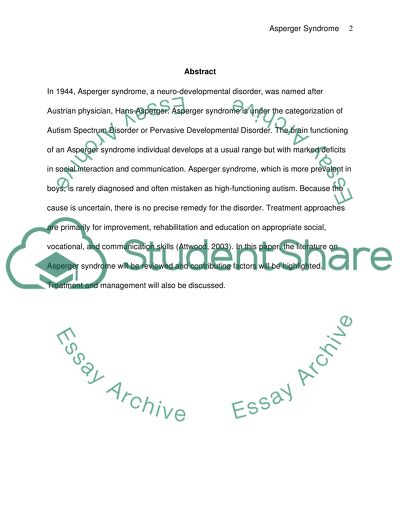Cite this document
(“Asperger Syndrome Essay Example | Topics and Well Written Essays - 4500 words”, n.d.)
Asperger Syndrome Essay Example | Topics and Well Written Essays - 4500 words. Retrieved from https://studentshare.org/miscellaneous/1562738-asperger-syndrome
Asperger Syndrome Essay Example | Topics and Well Written Essays - 4500 words. Retrieved from https://studentshare.org/miscellaneous/1562738-asperger-syndrome
(Asperger Syndrome Essay Example | Topics and Well Written Essays - 4500 Words)
Asperger Syndrome Essay Example | Topics and Well Written Essays - 4500 Words. https://studentshare.org/miscellaneous/1562738-asperger-syndrome.
Asperger Syndrome Essay Example | Topics and Well Written Essays - 4500 Words. https://studentshare.org/miscellaneous/1562738-asperger-syndrome.
“Asperger Syndrome Essay Example | Topics and Well Written Essays - 4500 Words”, n.d. https://studentshare.org/miscellaneous/1562738-asperger-syndrome.


